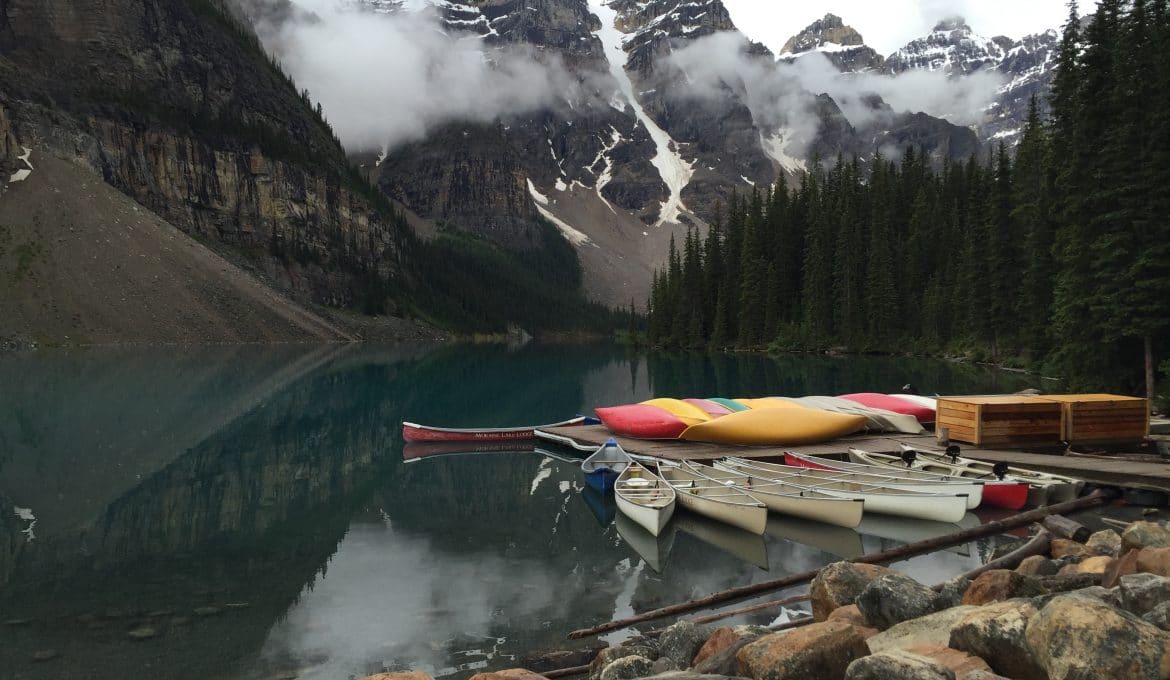So you love your water sports, but now it’s cold outside. What’s a water sport lover to do in the winter? Fortunately, there are ways that you can still get out and enjoy the water that you love, even when it’s freezing. Whether you’re kayaking, canoeing, paddleboarding, ice fishing, or something else, make sure you think about these things before you leave home.
Watch the Weather
You might think that it goes without saying that you don’t go out on the water when the weather is dangerous, but the truth is that people have to get rescued every year because they try to practice their sport when it isn’t safe. Get a good weather app, preferably one with radar, so you can see not only what the weather is like at the moment but also what it’s supposed to be like while you’re out. If there’s any chance that the temps are going to drop or the wind will pick up, choose another day.
Watching the weather doesn’t stop once you’re out on the water, either. Keep an eye on the clouds. Apps and predictions aren’t always right and they can’t always predict the freak wind gusts or snowstorms. If you see anything that looks sketchy, it’s time to go in, regardless of what weather was predicted.
Think About Clothing
You’ll want to stay warm while you’re out without getting so warm that you sweat and make yourself cold again. Layers are always a good idea, as is sweat-wicking material against your skin. However, you’ll also want to get some clothing customized for your sport. If you need to hold a paddle, make sure that your gloves don’t prohibit it. If you need to make sure you can see even in snow, you might want to choose goggles over glasses. All of these things can make a big difference in your experience out on the water in the winter.
Consider Specialized Gear
You may need some different gear when you’re out in the winter as opposed to the summer. If there’s ice on the water you’ll be in, make sure that you have a way to cut through it. Consider whether or not your paddle will work in icy or chunky water. Talk to people who have been out in the winter before to make sure that you have everything you need before you head out to the water.

Check Ice Thickness
Whether your winter water sport is on the ice or in spite of it, you’ll want to know exactly how much ice you’re dealing with before you head out. For sports in the water, make sure there’s not so much ice that you can’t get through to the water. You probably don’t want to have to break up ice much more than 2 inches thick, and that preferably only around the edges of your chosen body of water.
For sports on top of the ice, make sure that there’s enough to support your weight and the weight of any shelters, etc. that you plan to bring with you. If the ice is less than 4 inches thick, don’t go out on it. ON the other hand, ice thicker than 5 inches will likely support a snowmobile and ice thicker than 8 inches should support a small vehicle.
If your chosen body of water is on National Park or National Forest land, there’s a good chance that rangers will provide an ice report that you can find online. Many other bodies of water have reports, too, or you can check sites catering to ice fishing to see if anyone else has been out to measure.
Remember Elevation
Going up just a few hundred feet can make a lot of difference when it comes to temperature, wind speed, and overall comfort. Just because it’s comfortable where you’re at doesn’t mean that it will be comfortable much higher up. If you can, check the weather where you’re going, as well as where you are. Otherwise, all other things being equal, the temperature goes down about 3-3.5 degrees Fahrenheit for every 1,000 feet that you go up. Of course, storms and wind can change that. Always pack more layers than you think you’ll need, just in case.
Pack to Survive
Just because you don’t plan on anything bad happening while you’re out on the water doesn’t mean that it won’t. At the very least, bring extra warm layers out with you. You can also bring a survival blanket, a lighter, some food, clean water, a first aid kit, a pocket knife, and a waterproof bivvy sack for the ultimate protection. Sure, this is a lot to have with you, but it will be worth it if it saves your life even once. You don’t want to think about the worst happening, but considering it and being prepared is always better that not being ready.
Many water sport enthusiasts continue their fun all winter long. Take a few extra precautions and you may find that you enjoy being out on the water in the winter just as much as you enjoyed it all summer long!





